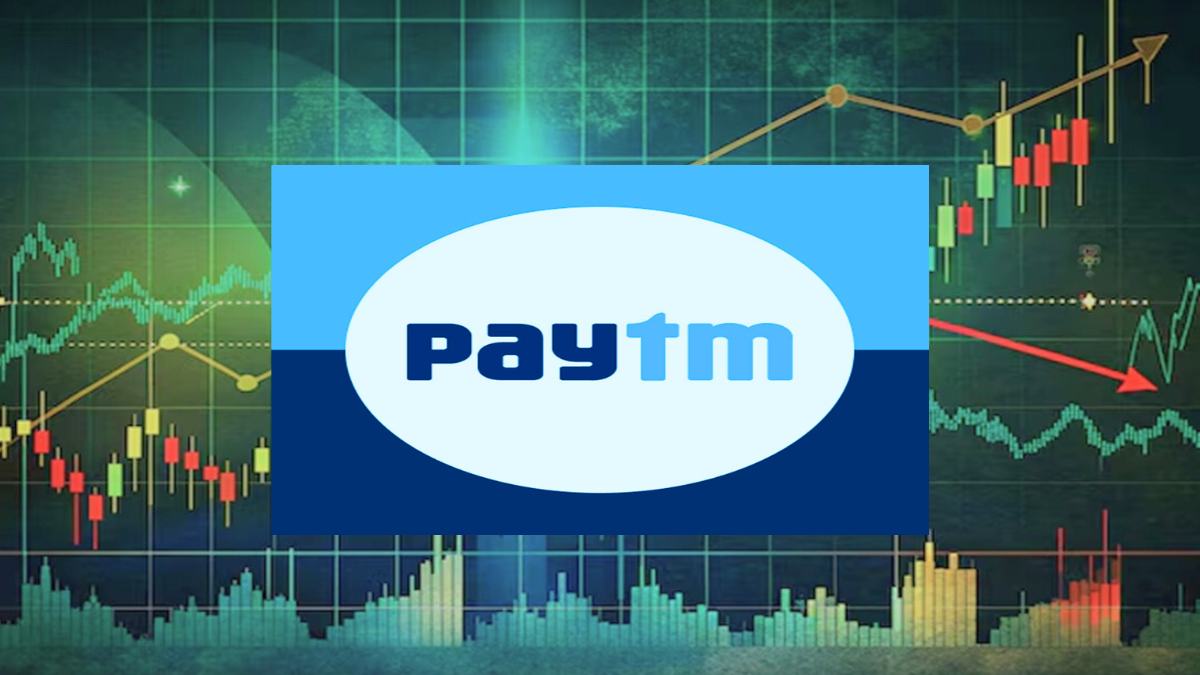In a stunning financial turnaround, fintech major One97 Communications Ltd, the parent company of Paytm, has posted its first-ever consolidated net profit of Rs 122.5 crore in the first quarter of FY25, marking a significant recovery from a loss of Rs 840 crore in the same quarter last year.
The profit marks a milestone for the company that has long been scrutinized for its profitability prospects since its high-profile IPO in 2021. The turnaround is being attributed to a disciplined cost structure, AI-led operating efficiencies, and rising payment revenues.
“This is the first quarter where we have pruned out every word related to adjusted earnings. No more EBITDA before ESOP or PAT before ESOP,” said Vijay Shekhar Sharma, CEO and Founder of Paytm, signaling a shift to more transparent financial reporting.
Cost Discipline, AI Efficiency Key to Profit Surge
Paytm’s management executed aggressive cost-cutting measures in the quarter. The company slashed marketing and promotional expenses by over 50%, from Rs 221.4 crore last year to Rs 99.8 crore. At the same time, employee benefit expenses dropped nearly one-third to Rs 643 crore, down from Rs 952.5 crore in Q1 FY24.
Significantly, Paytm’s non-sales employee costs were down 28% YoY, thanks to the integration of artificial intelligence into operations and internal processes. This allowed the company to optimize human resources while boosting productivity.
“We are maturing into complete cost realism, including ESOPs as part of total employee costs,” said Sharma. ESOP (Employee Stock Ownership Plan) expenses plummeted 88%, from Rs 247 crore a year ago to Rs 30 crore this quarter.
Surging Revenues and Expanding Payment Ecosystem
Paytm’s consolidated revenue from operations grew 28% YoY, reaching Rs 1,917.5 crore, up from Rs 1,501.6 crore in Q1 FY24. Much of this was driven by a 23% rise in payment services revenue, totaling Rs 1,110 crore, and a 38% jump in net payment revenue to Rs 529 crore, due to increased payment processing margins and device deployments.
The company’s gross merchandise value (GMV) witnessed a healthy 27% YoY growth, hitting Rs 5.39 lakh crore.
“Payment is now a standalone profit center. We expect it to become a major bottom-line driver,” Sharma stated confidently.
Merchant subscriptions also hit an all-time high of 1.3 crore, up by 21 lakh YoY, reflecting growing demand for Paytm’s in-house built Soundbox and EDC (electronic data capture) machines, which integrate both hardware and software developed by the company.
Expansion to Bharat and Beyond
Paytm is doubling down on its tier-2 and tier-3 city expansion, with a 19% YoY rise in sales employee costs, reflecting a strategic push in India’s vast hinterland. The company also noted a 23% YoY growth in the average number of sales employees, now at 38,945.
The focus remains on full-stack ownership — from building proprietary hardware to deploying and servicing the network — a strategy that Sharma believes sets Paytm apart from competitors relying on imported devices and third-party tech.
“We design our own hardware, we own our software, and we deliver our services. That gives us an edge,” Sharma emphasized.
Strong Momentum in Financial Services
Another bright spot in Paytm’s Q1 earnings was its financial services distribution, which saw a 100% YoY growth to Rs 561 crore. This was primarily driven by:
- Strong growth in merchant loans
- Better performance of the Default Loss Guarantee (DLG) portfolio
- Improved asset quality
The company also reported a healthy 7.4 crore average monthly transacting user (MTU) base, underscoring its robust ecosystem stickiness.
Looking Ahead: Sustainable Profitability in Sight
With Paytm’s EBITDA turning positive at Rs 72 crore, and management eliminating “adjusted” reporting terminology, the company is signaling that profitability is not a one-off, but part of a sustainable roadmap.
The broader message is clear: cost discipline, AI integration, and product control are yielding tangible results. As Paytm transitions from a hypergrowth startup to a disciplined fintech powerhouse, investor sentiment may tilt more favorably, especially after years of skepticism post-IPO.
“Today, we’re breaking even. Tomorrow, we’ll be driving strong profits,” concluded Sharma.







